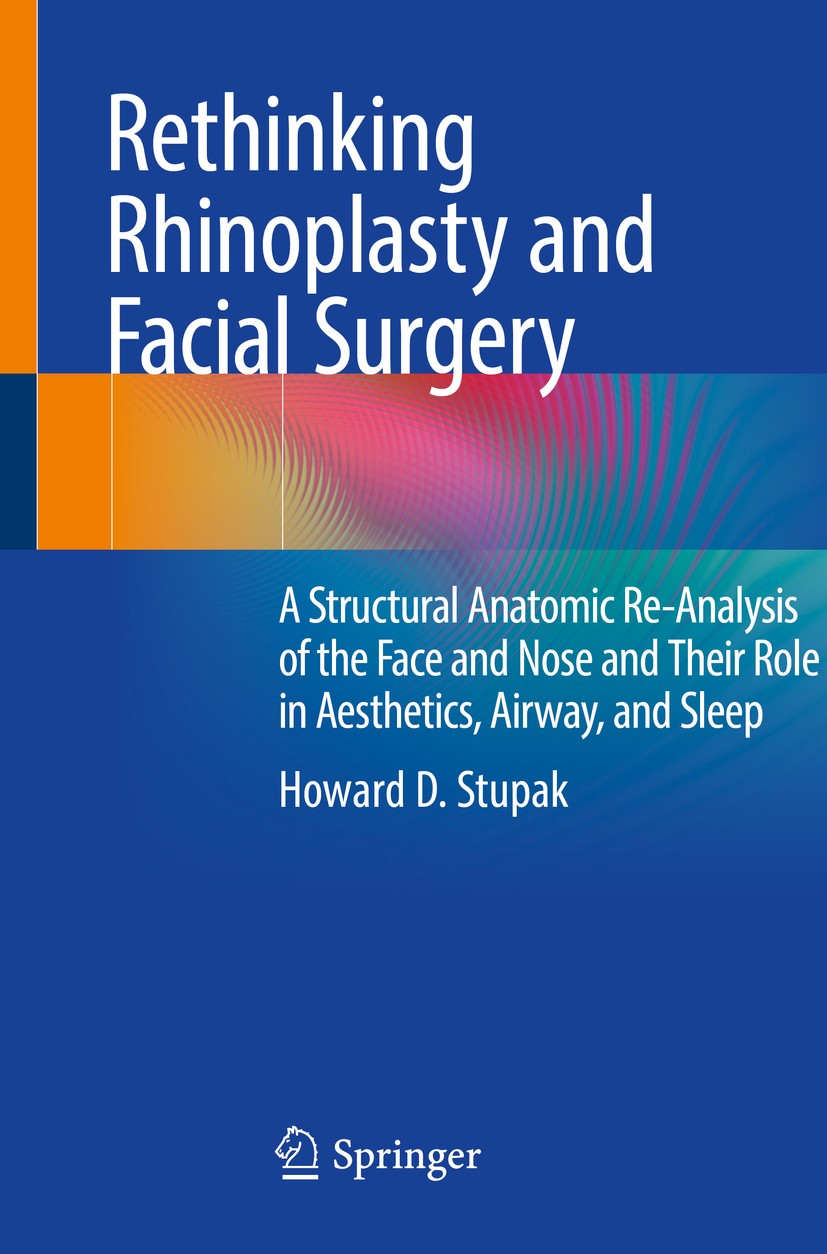| 书目名称 | Rethinking Rhinoplasty and Facial Surgery | | 副标题 | A Structural Anatomi | | 编辑 | Howard D. Stupak | | 视频video | http://file.papertrans.cn/830/829122/829122.mp4 | | 概述 | Provides a reference that is applicable to otolaryngologists, facial plastic surgeons, oral surgeons, and dentists.Reviews and analyzes conventional rhinoplasty and facial structural treatment.Present | | 图书封面 |  | | 描述 | .This volume presents a novel logic-based, simplified understanding and approach to the external nose and face for aesthetics, airway, and sleep treatments that have mostly been under-recognized in the past. Key features of the text include an engineer’s approach to simple rhinoplasty, (Release, Resize, Reposition, Reinforce) instead of the typical step-wise procedure algorithm. It also includes a logical explanation of how facial skeletal anatomy is the true cause of sleep apnea and aesthetic deformity with the physics and evidence of how this works, and a review of conventional rhinoplasty/facial structural treatments, with an analysis of why these are flawed and need improvement. Finally, rhinoplasty surgical strategy is discussed using a Rhinoplasty Compass(TM) diagram.. .Rethinking Rhinoplasty. and Facial Surgery appeals to the surgeon who has grown frustrated with the aesthetic and breathing results of the conventional treatment paradigm. It also appealsto the otolaryngologist, plastic or oral surgeon who avoids working on the external nose and nasal valve because of the perceived complexity of graft-style rhinoplasty or oversimplicity and limitations of basic septoplasty an | | 出版日期 | Book 2020 | | 关键词 | Nasal Airway; Nasal Valve; Nasal Deformity; Obstructive Sleep Apnea; Oral Breathing; Facial Aesthetics; he | | 版次 | 1 | | doi | https://doi.org/10.1007/978-3-030-44674-1 | | isbn_softcover | 978-3-030-44673-4 | | isbn_ebook | 978-3-030-44674-1 | | copyright | Springer Nature Switzerland AG 2020 |
The information of publication is updating

|
|
 |Archiver|手机版|小黑屋|
派博传思国际
( 京公网安备110108008328)
GMT+8, 2025-12-14 18:38
|Archiver|手机版|小黑屋|
派博传思国际
( 京公网安备110108008328)
GMT+8, 2025-12-14 18:38


